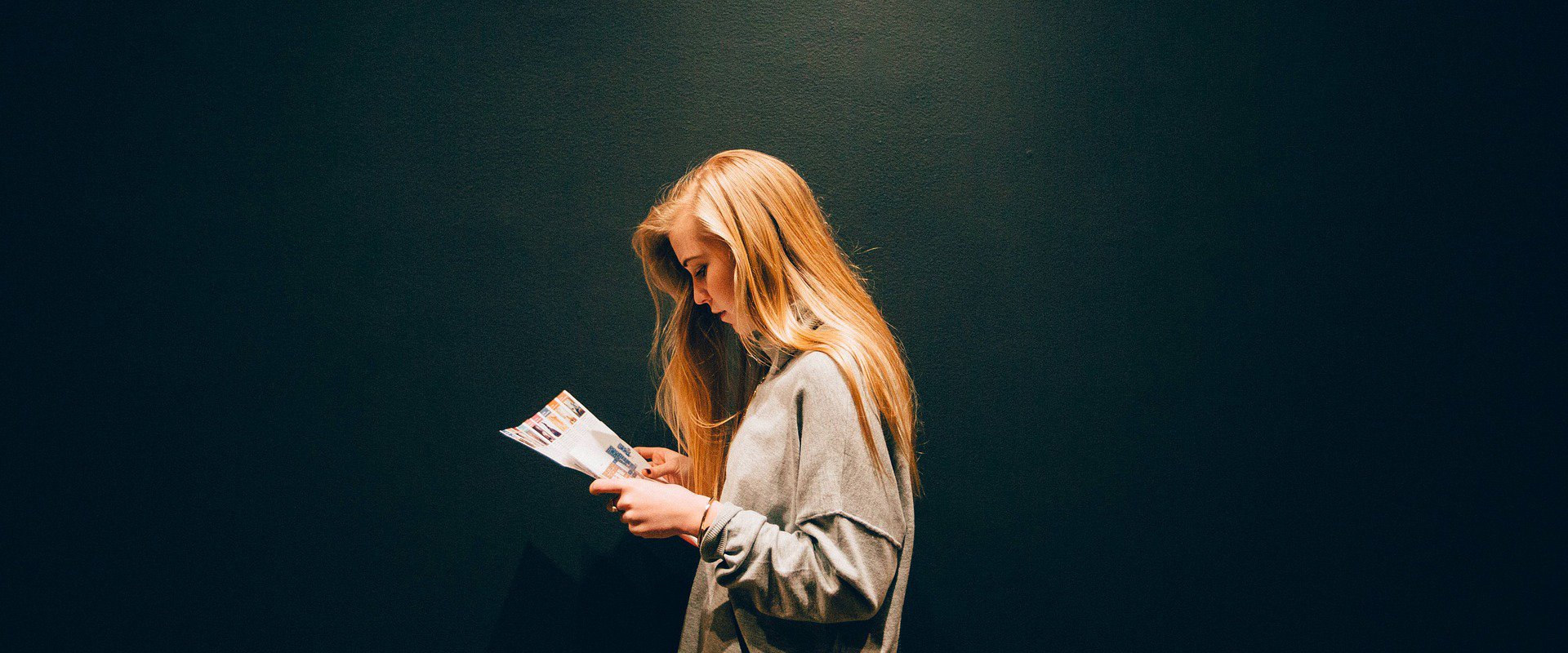An MRI of the breast is perhaps the best method we have to evaluate your breasts for the presence of a cancer. However, breast MRIs are also the most expensive method to evaluate the breast. And therefore they are not used as a screening tool. Breast MRIs are used to either add additional information to mammography when a mammogram is unclear. A mammogram may be unclear if the mammogram is dense, that is if the report of your mammogram describes heterogeneously dense breast or extremely dense breast. Likewise, if there is an abnormality on the mammogram it may need further evaluation with a breast MRI.
If you have cancer, many physicians will order a breast MRI for you. There is no data, that is there are no definitive studies that demonstrate that a breast MRI improved survival or reduces local recurrence in the treatment of breast cancer. However, I will order breast MRI in someone with breast cancer if their mammogram is dense, if there is a suggestion of more extensive disease or if there is a strong family history of breast cancer suggesting a possible genetic mutation. In these situations, the breast MRI will provide me with more information that may impact treatment decisions.
The other situation in which breast MRI is effective is when someone has a known genetic mutation putting them at increased risk for breast cancer or if they have a greater than 20% lifetime risk of developing breast cancer based on their family history. Annual breast MRI in these situations will have a positive impact by identifying the breast cancer when it is very small and presumably more easily treatable.
So how do you read and interpret your MRI report? First, we have to understand that an MRI is really just looking at blood vessels. When you have an MRI, the intrinsic venous line is started you are given the contrast material called gadolinium. This gadolinium will highlight and make the blood vessels much more visible. Breast cancers because many new blood vessels to develop in these new blood vessels will develop and surround the breast cancer. Therefore the MRI can see these blood vessels around the breast cancer and you actually can see the breast cancer. On your report, the radiologist may describe enhancement or may describe an enhancing mass. Those are the first signs that the cancer may be present. If an enhancing mass is identified, first the radiologist will look at the morphology, that is the shape of the mass. If the mass is smooth it is more likely benign and if it is irregular it is more likely to be cancer. If an enhancing mass is identified, first the radiologist will look at the morphology, that is the shape of the mass. If the mass is smooth it is more likely benign and if it is irregular it is more likely to be cancer.
The enhancement itself, however, can also give a clue to the behavior of the lesion. Because breast cancers have many blood vessels they will enhance early, that is much more gadolinium will surround the breast cancer than normal healthy breast tissue. Likewise, the gadolinium will get washed out from the cancer much more quickly than from Normal Healthy Breast Tissue. This is known as type III enhancement. Type I enhancement is a very slow uptake of the gadolinium and very little washout. This is typical of benign, i.e. non-cancerous breast tissue. Type II and has been in which there is moderate uptake and moderate washout is indeterminate. Thus, if your MRI report describes type III enhancement, then there is concerned that that lesion could be malignant. Likewise, type I enhancement is typically, but not always benign.
Ultimately, you must read the radiologist impression. The radiologist will typically leave a verbal description and will end with a BI-RADS. BI-RADS 1 is completely normal. BI-RADS 2 states that the findings are completely benign. BI-RADS 3 states that the findings are greater than 98% benign but a six-month follow-up is warranted to confirm stability and has benign behavior. BI-RADS 4 is suspicious and biopsy should be considered. BI-RADS 5 he states that the lesion in question is a cancer until proven otherwise.
Breast MRI is an excellent tool to help us evaluate the breast and to determine if a malignancy is present. The major downside to a breast MRI is what we call false positive. A breast MRI is not likely to miss a cancer, but it will identify many lesions that are not cancers, but nonetheless, compel us to do a biopsy. And this also usually puts you into a state of anxiety.
Breast MRIs need to be used judiciously, but when they are used for can help us tremendously. Ultimately, the decision to have a breast MRI must be made between you and your physician. Not everyone needs a breast MRI. Not every woman with breast cancer needs a breast MRI.

